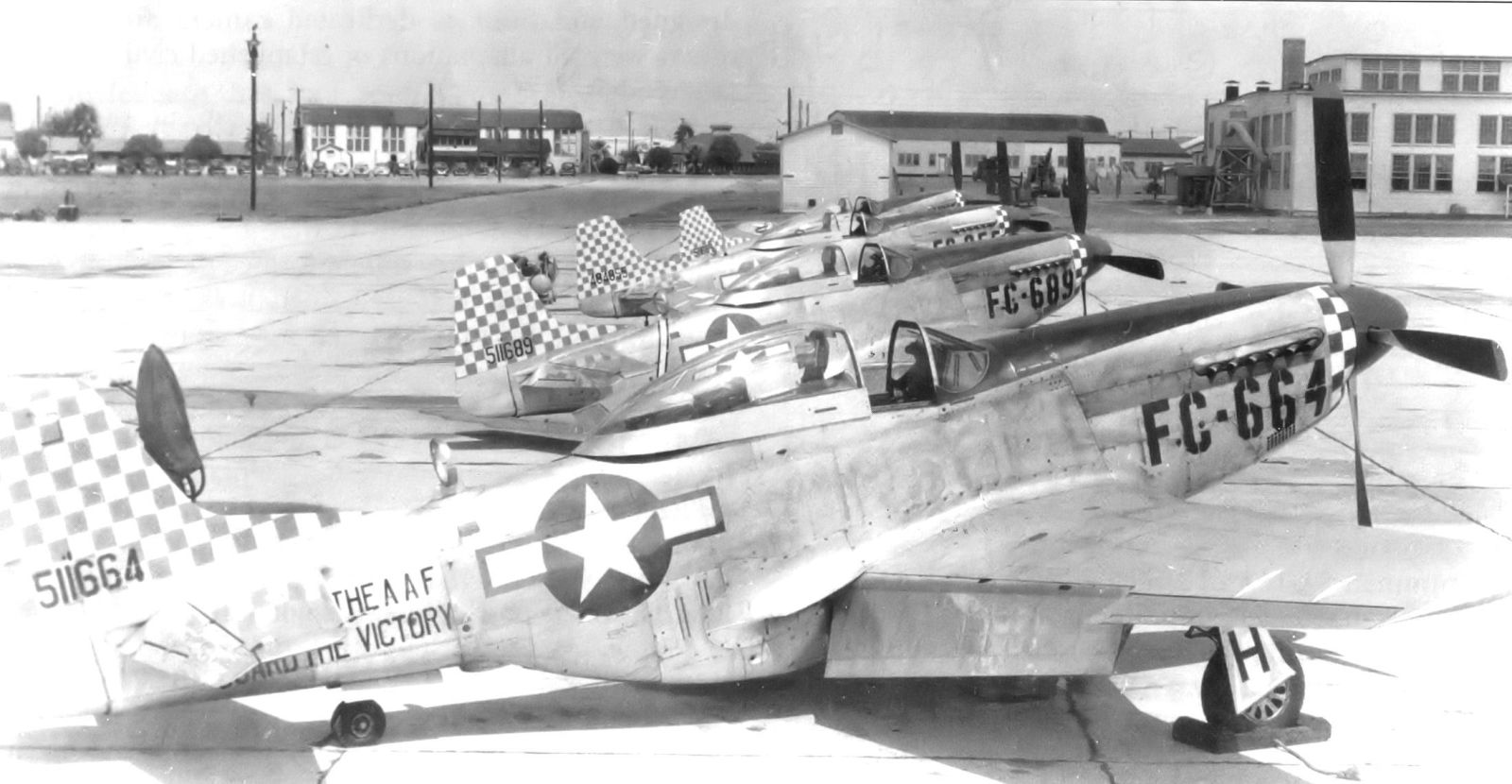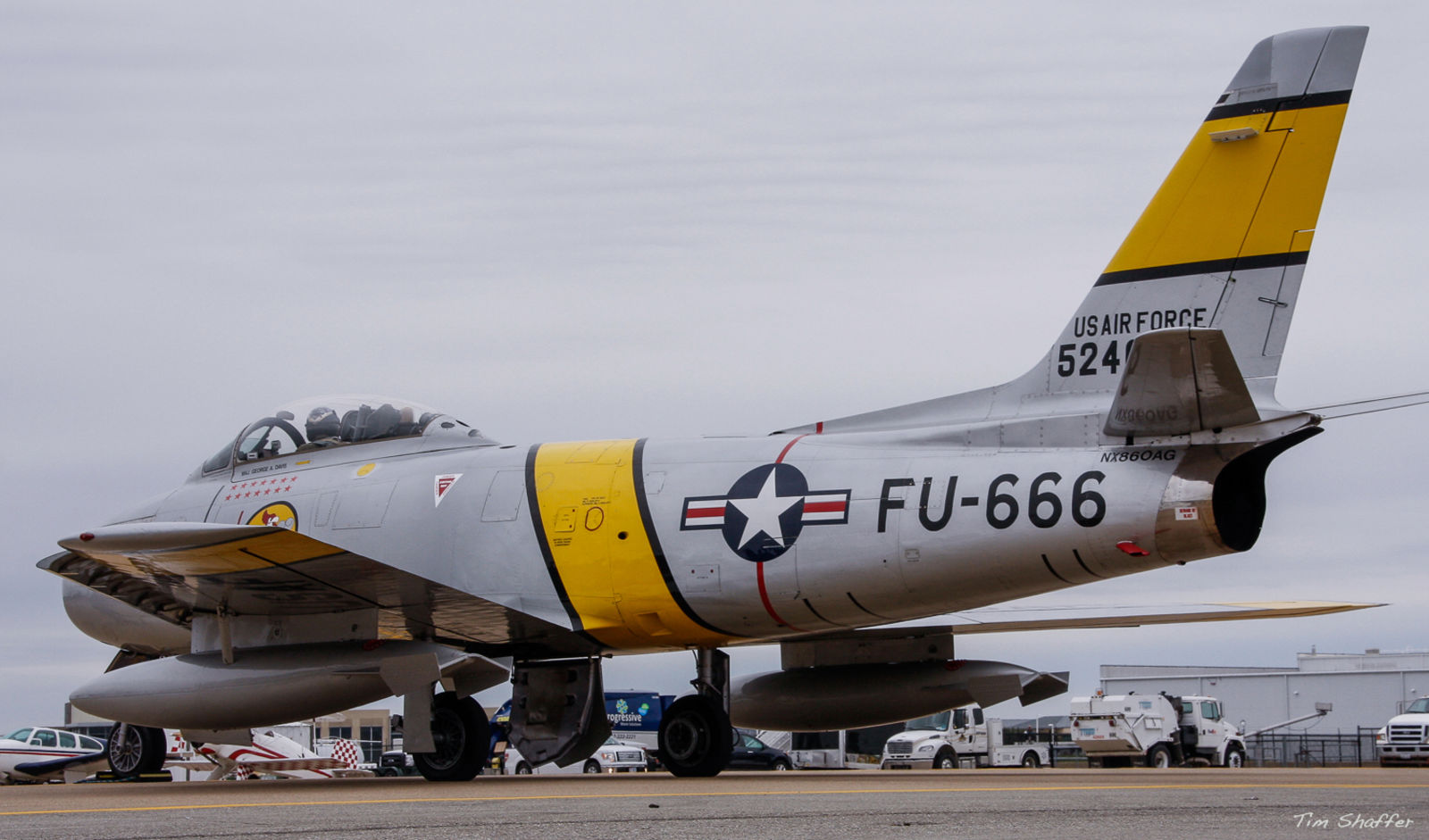
If you’ve ever looked at pictures of post-WWII US Air Force aircraft, you probably noticed a series of very large letters and numbers painted on the sides of the fuselage. They’re pretty hard to miss. With the military’s penchant for stenciling serial numbers on everything from nuclear bombers to hats, these numbers actually do identify the aircraft, but there was a specific reason those highly visible ID numbers came into use.

When WWII ended in Europe in May 1945, the United States Army Air Forces had a half-million men and about 17,000 aircraft stationed in Europe. Those numbers fell quickly as forces were removed from the theater, but there were still many high performance aircraft with no missions to carry out, and thousands of bored pilots who had put their life on the line in the high-stakes atmosphere of aerial combat. With no enemy to fight, pilots of the Eighth Air Force took to buzzing the countryside for excitement, performing low-level flights over houses and farms and air bases in the finest barnstorming tradition.

The USAAF wasn’t too keen on the practice, so they developed the Buzz Number system so spotters could identify pilots in the hopes of discouraging the practice. Alphanumeric codes were painted in the largest type possible on US aircraft, numbers that could easily be read from the ground and would identify the offending aircraft and pilot.

Using a system that was somewhat similar to the US Navy’s aircraft designation system, the first letter of the buzz number identified the aircraft’s mission: A for attack, B for bomber, C for cargo, F for fighter (or P, as earlier fighters were called categorized as pursuit), and so on. The second letter identified the specific type of aircraft, while the numbers represented the last three digits of the aircraft’s serial number. If two aircraft happened to have the same buzz number, the letter A was added after a hyphen.

For example, this restored F-86 Sabre with the serial number 52-4666 has been given the buzz number FU-666. F for fighter, U for North American F-86, and 666 for the last three digits of the serial number. And, in a bit of added serial number trivia, the first two digits of an Air Force serial number will tell you the year the aircraft was manufactured. So, our Sabre example was built in 1952.

Buzz numbers were a regular sight on most US Air Force aircraft throughout the 1950s, but they were eventually phased out by the mid-1960s. Technical Order 1-1-4 in 1965 did away with the requirement for buzz numbers, and they were soon removed or painted over. A full list of buzz numbers can be found here.

For more stories about aviation, aviation history, and aviators, visit Wingspan.
Sources:
Buzz Numbers & Tail Codes
USASC-USAAS-USAAC-USAAF-USAF Military Aircraft Serial Numbers—1908 to Present